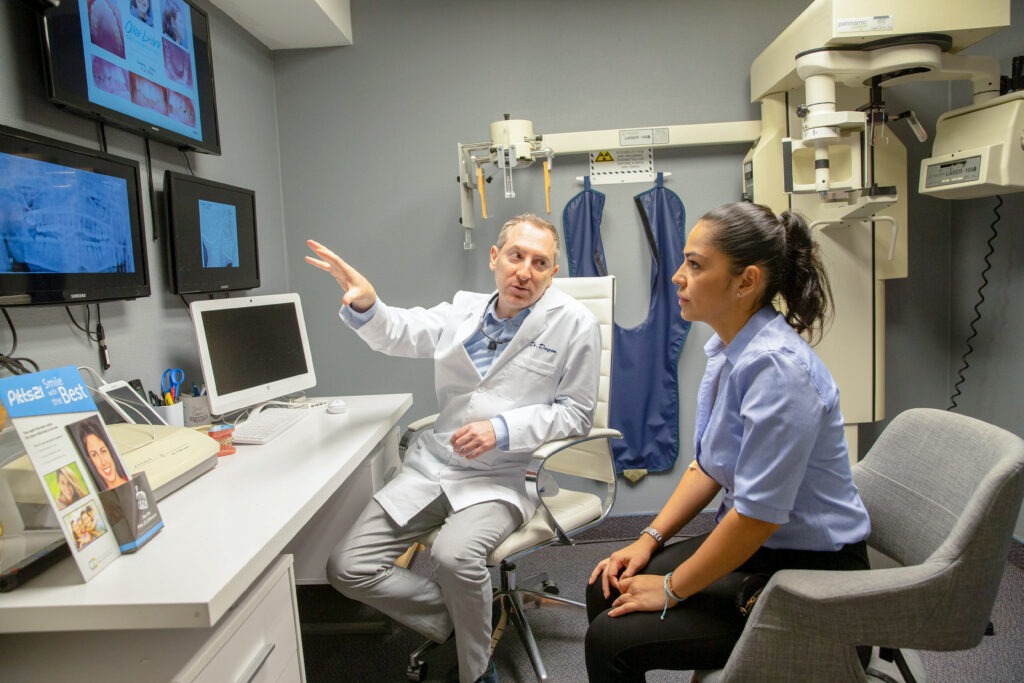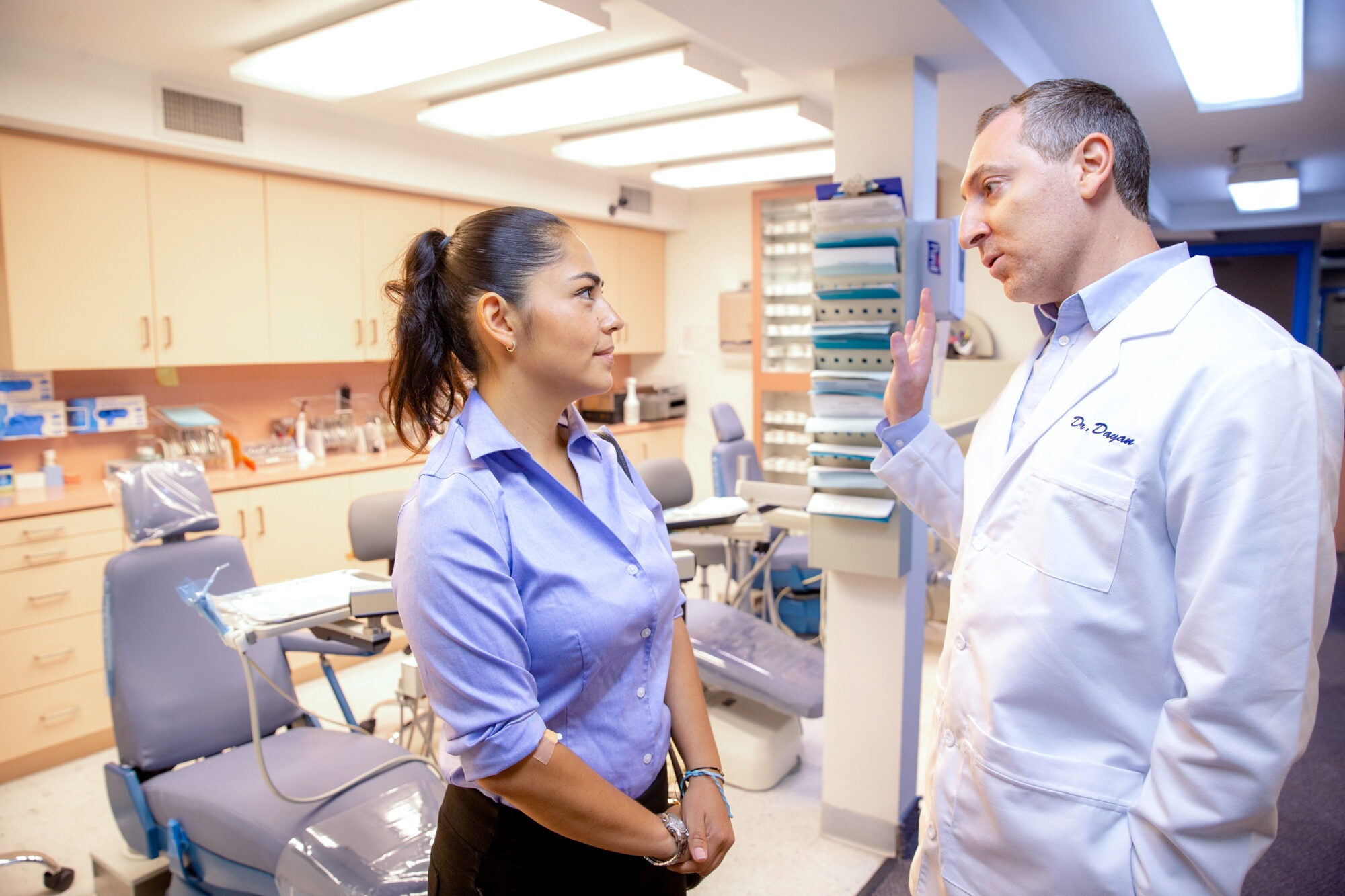You might be surprised, but the orthodontics field covers much more than just your teeth! In fact, it actually involves the entire facial structure, from the gums to the jaws and everything in between. That’s because the shape, size, and position of every bone in your face affect all others, which could ultimately spell trouble for your smile – mainly if these irregularities occur in your jaw.
Fortunately, we’ve come a long way toward correcting these issues, and one of the critical treatments that address jaw deformities is orthognathic surgery. Today, One Love Orthodontics is here to teach you all about orthognathic surgery, how it works, and who needs it, so keep reading to learn more!
What is orthognathic surgery?
More commonly known as corrective jaw surgery, orthognathic surgery is a procedure that treats significant jaw irregularities that orthodontists cannot correct with traditional orthodontic treatments alone. By repositioning misaligned jaw bones and securing them in place with plates or screws, this treatment option provides relief for a wide range of more severe orthodontic conditions.
It’s important to understand that orthognathic surgery is typically a last-resort procedure. Because it is more invasive than most treatments we offer at One Love Orthodontics, we do everything we can to correct the issue before recommending corrective jaw surgery. Even if you do require orthognathic surgery, however, our team will put you at ease every step of the way.
Goals of Orthognathic Surgery
When the position of your jaws causes significant problems, Dr. Dayan may recommend corrective jaw surgery. The goal of this procedure is to treat a variety of orthodontic-related issues, including:
Functional Problems: Your jaw position and structure directly impacts your ability to chew, speak, and eat, which are essential functions that affect your quality of life. The inability to perform any one of these routine activities can cause frustration, embarrassment, or even pain. Fortunately, orthognathic treatment may be able to help.
Malocclusions: When your bite is off, your teeth do not meet adequately in the middle when your mouth is closed, leading to a wide range of orthodontic issues. Malocclusions include overbites (where the upper teeth overlap the lower teeth), underbites (where the lower teeth are in front of the upper teeth), open bites (where the front upper and lower teeth do not touch), or crossbites (where some upper teeth sit inside the lower teeth when the mouth is closed). Corrective jaw surgery can help reposition the jaws so that these malocclusions have less of an effect on the aesthetics or function of your smile.
Sleep Apnea: Because the alignment of your jaws directly affects your airways, a severe misalignment could cause sleep apnea. People with this condition have a difficult time breathing during the night. Corrective jaw surgery may help improve the airflow so that you get a good night’s rest.
Facial Trauma: Unfortunately, accidents happen. If a significant facial injury causes jaw misalignment, our team may recommend orthognathic surgery to realign the bone and reset the facial structures.
Facial Imbalances or Asymmetry: Sometimes, corrective jaw surgery can help you achieve a more aesthetically appealing facial structure. By shaving down the jaw bone or repositioning it to match the opposite side of your face, orthognathic treatment can produce excellent results that can restore your confidence.
What to Expect from Treatment
Your first step toward determining whether orthognathic surgery is right for you is to visit our office for an oral examination. This step will allow Dr. Dayan to review your records and assess your orthodontic condition to rule out other potential treatments before recommending corrective jaw surgery.
Pre-Surgical Orthodontics: If other treatments cannot address your jaw misalignment, the next step could include pre-surgical orthodontic treatments to kick off the alignment process ahead of your surgery. Depending on your condition, this phase could take anywhere from a few months to a year or more.
Inpatient Procedure: Orthognathic surgery is an inpatient procedure performed in a hospital setting under general anesthesia. The surgeon will make cuts in the jawbones and move them into the correct position. Sometimes, the orthodontist will add the bone, take it away, or reshape it. Once the orthodontist correctly aligns the jaw, they will use tiny plates, screws, wires, or rubber bands to secure the bones into the new position.
Recovery: You’ll remain in the hospital for a few days following your procedure, so your team can monitor your condition. Once you’re home, following all care instructions is extremely important. Remember that it’s normal to experience swelling, bruising, and discomfort – these conditions are temporary and will fade with time.
Post-Surgical Orthodontics: After your jaw has healed, which usually takes about six weeks, you’ll likely need to continue with orthodontic treatment at One Love Orthodontics to fine-tune your bite. This treatment can take several more months.
Long-Term Follow-Up: Once treatment is complete, you’ll have regular follow-up appointments to monitor your progress and ensure the maintenance of your results.

Take Control of Your Smile
Not everyone needs orthognathic surgery. In fact, most One Love Orthodontics patients can achieve the beautiful smile they’re looking for with traditional treatments. However, for those who do require more intensive procedures, it’s essential to have the right team of experts on your side – and at One Love Orthodontics, you’ll get exactly that.
If you’re ready to take the first step towards the confident smile you deserve, call our Brooklyn office to schedule your free consultation with Dr. Dayan today.
